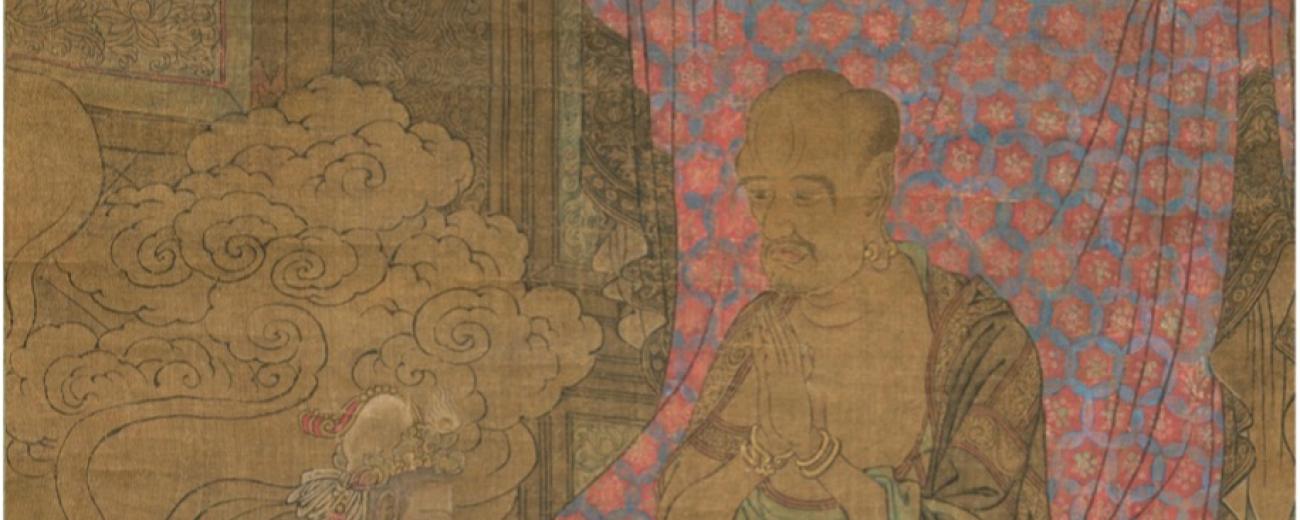
The Arhat painting at Kōmyōji Temple: Iconography, style, and the worship of Buddha in East Asia

Key information
- Date
- Time
-
5:00 pm to 7:00 pm
- Venue
- Main Building
- Room
- R201
- Event type
- Event highlights
About this event
Arhats are some of the most popular deities in Buddhism. In Medieval Japan, where arhat worship flourished, many paintings and sculptures of arhats were created.
Additionally, numerous artworks were imported from China and have been treasured in Japan up until the present day. An arhat painting owned by Kōmyōji temple is believed to be an example of those dating back to the Yuan dynasty. The painting displays idiosyncratic iconography not found in other examples, such as an arhat with hands clasped in prayer, attendants, Deva, Jīvajīvaka, Kalaviṅka, and the Mani jewel in the center of the composition.
In this presentation, I will first examine the painting style of this artwork and explain why I regarded it to have been painted in China during the Yuan dynasty. Secondly, I will discuss the meaning of the iconography, including each of the characters depicted and the Mani jewel, with reference to other paintings and Buddhist scriptures. Finally, through the examination of iconography, I will conclude that the subject of this painting is the worship of the Buddha.
About the speaker
Maizawa Rei completed a doctoral programme in the Department of Aesthetics and Science of Arts at Keio University Graduate School. After working as a curator at the Osaka City Museum of Fine Arts, the Kanagawa Prefectural Museum of History, and the Chado Research Center Galleries, she joined the Department of Art Research, Archives and Information Systems of the Tokyo National Research Institute for Cultural Properties in 2018.
She specialises in the history of Buddhist art in medieval Japan.
Attending the event
This event is free and open to all.
- Organiser: SOAS Centre for the Study of Japanese Religion and Centre of Buddhist Studies
- This event is kindly sponsored by the Khyentse Foundation


